“INNOVATION NEEDS TO BE PART OF OUR CULTURE. CONSUMERS ARE TRANSFORMING FASTER THAN WE ARE"
We turn clicks into customers.
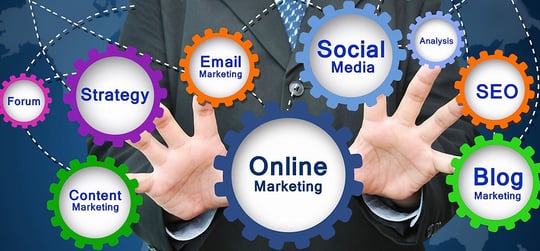

Digital marketing, also called online marketing, refers to all marketing efforts that occur on the internet. Businesses leverage digital channels such as search engines, social media, email, and other websites to connect with current and prospective customers. This also includes communication through text or multimedia messages.
In today’s digital age, having a strong online presence is crucial for businesses of all sizes. Digital marketing services can help you reach new audiences, increase brand awareness, and ultimately grow your business. From search engine optimization to social media marketing, there are a variety of services available to help you achieve your goals. Learn more about the different types of digital marketing services and how they can benefit your business. Digital marketing is dynamic, and successful strategies often involve a combination of these techniques based on the target audience, industry, and campaign objectives
Digital means to promote and sell products and services
Ready to Grow with The Best Digital Marketing Company ?......Contact us
Search Engine Optimization (SEO):
This is the process of optimizing your website to "rank" higher in search engine results pages, thereby increasing the amount of organic (or free) traffic your website receives. The channels that benefit from SEO include websites, blogs, and infographics.
There are a number of ways to approach SEO in order to generate qualified traffic to your website. These include:
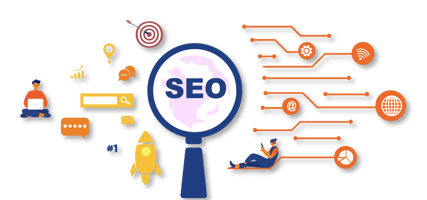

On-page SEO: This type of SEO focuses on all of the content that exists "on the page" when looking at a website. By researching keywords for their search volume and intent (or meaning), you can answer questions for readers and rank higher on the search engine results pages (SERPs) those questions produce.
Off page SEO: This type of SEO focuses on all of the activity that takes place "off the page" when looking to optimize your website. "What activity not on my own website could affect my ranking?" You might ask. The answer is inbound links, also known as backlinks. The number of publishers that link to you, and the relative "authority" of those publishers, affect how highly you rank for the keywords you care about. By networking with other publishers, writing guest posts on these websites (and linking back to your website), and generating external attention, you can earn the backlinks you need to move your website up on all the right SERPs.
Technical SEO: This type of SEO focuses on the backend of your website, and how your pages are coded. Image compression, structured data, and CSS file optimization are all forms of technical SEO that can increase your website's loading speed — an important ranking factor in the eyes of search engines like Google
Content Marketing:
This term denotes the creation and promotion of content assets for the purpose of generating brand awareness, traffic growth, lead generation, and customers.
Want to learn and apply content marketing to your business? Check out HubSpot Academy's free content marketing training resource page.
The channels that can play a part in your content marketing strategy include:
Blog posts: Writing and publishing articles on a company blog helps you demonstrate your industry expertise and generates organic search traffic for your business. This ultimately gives you more opportunities to convert website visitors into leads for your sales team.
Ebooks and whitepapers: Ebooks, whitepapers, and similar long-form content helps further educate website visitors. It also allows you to exchange content for a reader's contact information, generating leads for your company and moving people through the buyer's journey.
Infographics: Sometimes, readers want you to show, not tell. Infographics are a form of visual content that helps website visitors visualize a concept you want to help them learn.
Audio or visual content: Television and radio are popular channels for digital marketing. Creating content that can be shared online as a video or heard on the radio by listeners can greatly broaden your potential audience.
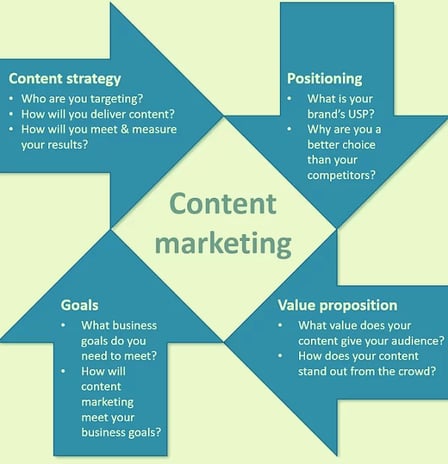

Social media marketing uses social media and social networks—like Facebook, X platform (formerly Twitter), and Instagram—to market products and services, engage with existing customers, and reach new ones.
The power of social media marketing comes from the unparalleled capacity of social media in three core marketing areas: connection, interaction, and customer data.
Social media marketing has transformed the way businesses are able to influence consumer behavior—from promoting content that drives engagement to extracting personal data that makes messaging resonate with users.
Because social media today is so ubiquitous, marketing techniques using these platforms are extremely important for businesses.
Social media marketing is often more cost-effective with great exposure, though it requires ongoing maintenance and might have unintended negative feedback consequences.
Many marketers will use these social media platforms to create a viral campaign. Partnering with a popular content creator or taking part in a trend that resonates with a wide audience is a viral marketing strategy. The purpose is to create something shareworthy in the hopes that it will organically spread across a social media channel.
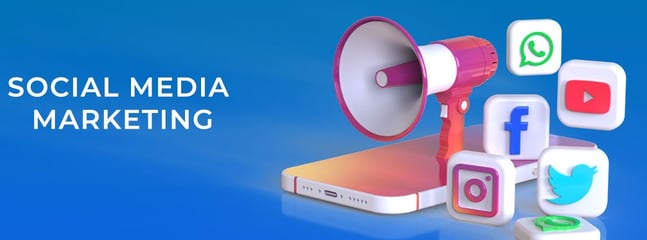

Social Media Marketing
Social media marketing (also known as digital marketing and e-marketing) is the use of social media—the platforms on which users build social networks and share information—to build a company's brand, increase sales, and drive website traffic. This practice promotes your brand and your content on social media channels to increase brand awareness, drive traffic, and generate leads for your business.
The more targeted your SMM strategy is, the more effective it will be.
Companies use email marketing as a way of communicating with their audiences. Email is often used to promote content, discounts and events, as well as Newsletters- Regular updates and promotions sent to a subscriber list. Also to direct people toward the business's website. The types of emails you might send in an email marketing campaign include:
Blog subscription newsletters.
Follow-up emails to website visitors who downloaded something.
Customer welcome emails.
Holiday promotions to loyalty program members.
Tips or similar series emails for customer nurturing.


Email Marketing:
Pay-Per-Click Advertising (PPC):
PPC drives traffic to your website by paying a publisher every time your ad is clicked. One of the most common types of PPC is Google Ads, which allows you to pay for top slots on Google's search engine results pages at a price "per click" of the links you place. Other channels where you can use PPC include:
Paid ads on Facebook: Here, users can pay to customize a video, image post, or slideshow, which Facebook will publish to the news feeds of people who match your business's audience.
Twitter Ads campaigns: Here, users can pay to place a series of posts or profile badges to the news feeds of a specific audience, all dedicated to accomplishing a specific goal for your business. This goal can be website traffic, more Twitter followers, tweet engagement, or even app downloads.
Sponsored Messages on LinkedIn: Here, users can pay to send messages directly to specific LinkedIn users based on their industry and background.
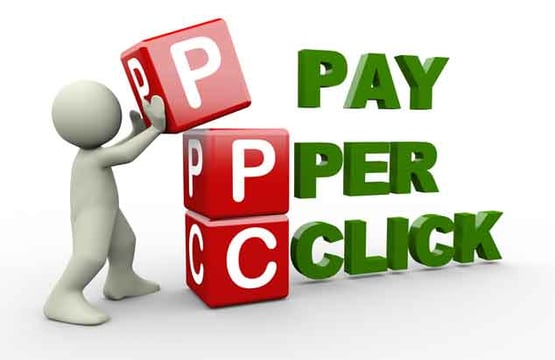

Affiliate Marketing:
Affiliate marketing is one of the oldest forms of marketing, and the digital world has given it new life. In affiliate marketing, companies and individual "influencers" promote another company's products and get a commission every time a sale is made or a fresh lead is added to their list.
This is a type of performance-based advertising where you receive a commission for promoting someone else's products or services on your website. Affiliate marketing channels include:
Hosting video ads through the YouTube Partner Program.
Posting affiliate links from your social media accounts.
Creating a campaign using influencers can be a highly effective form of affiliate marketing. Finding the right content creators can take your digital campaign to the next level.
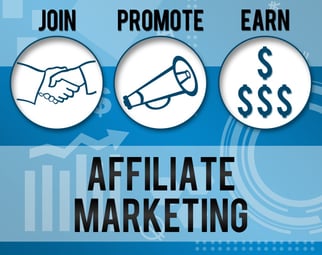

Video Marketing:
A lot of internet users turn to sites like YouTube before making a buying decision, to learn how to do something, to read a review, or just to relax. Marketers can use any of several video marketing platforms, including Facebook Videos, Instagram, and TikTok, to run a video marketing campaign. Companies find the most success with video by integrating it with SEO, content marketing, and broader social media marketing campaigns.
· YouTube Marketing: Creating and promoting videos on YouTube.
· Live Streaming: Broadcasting live videos on platforms like Facebook or Instagram.
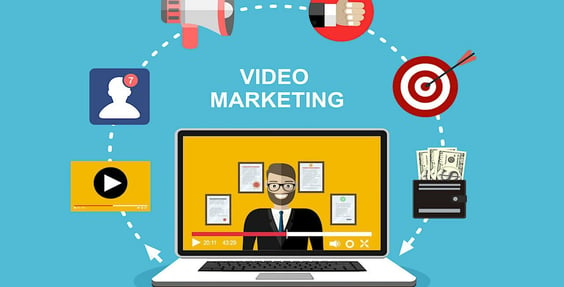

Search Engine Marketing (SEM):
When a potential lead is searching for a product or business related to yours, it’s a great opportunity for a promotion. Paid advertising and SEO are two great strategies for promoting your business to capitalize on those future leads. Search engine marketing is another way to increase website traffic by placing paid ads on search engines. The two most popular SEM services are Bing Ads and Google Ads. These paid ads fit seamlessly on the top of search engine results pages, giving instant visibility. This is also an example of effective native advertising.
· Paid Search Advertising: Placing ads on search engine results pages (SERPs).
Shopping Ads: Product listings with images and prices on search engines
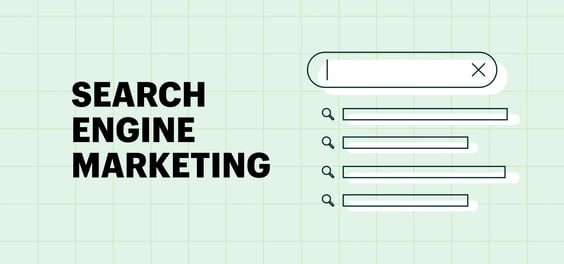

Mobile Marketing:
Marketing your products through messaging platforms is a fast way to reach potential leads, even for those who haven’t offered up their cell phone number. It’s a simple way to let your audience know about flash sales, new products, or updates about their orders. If your customers have questions or need more information, it’s also a convenient way for them to connect to customer service. You can send messages directly to a mobile phone via text or on platforms like Facebook Messenger or WhatsApp.
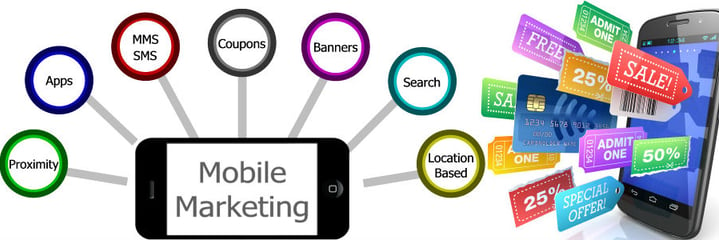

Inbound Marketing:
Inbound marketing refers to a marketing methodology wherein you attract, engage, and delight customers at every stage of the buyer's journey. You can use every digital marketing tactic listed above throughout an inbound marketing strategy to create a customer experience that works with the customer, not against them. Here are some classic examples of inbound marketing :
Blogging
Video marketing
Email contact lists
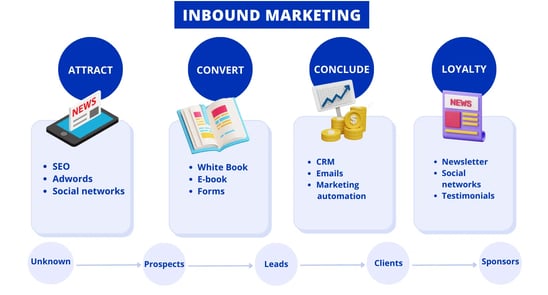

Chatbots and AI Marketing:
Chatbots ARE the future of marketing. And it is better to start now than to be late to the party.
Chatbots are an example of cutting-edge technology that engages users through messaging platforms, like WhatsApp, Facebook Messenger, or websites, to provide quick responses to customer queries, product recommendations, personalized content, and even carry the whole end-to-end process of purchase. Chatbots are programmed automated with artificial intelligence and machine learning. This allows them to
Chatbots are the best way of automating customer engagement in a fast and accessible manner, making them an exciting tool in the user experience environment. Chatbots hold complex conversations with users and answer complicated questions to create a better customer experience for a business. Chatbots have been one of the most significant digital marketing trends, bound to draw more acceptability, conversions and aid for inventions.
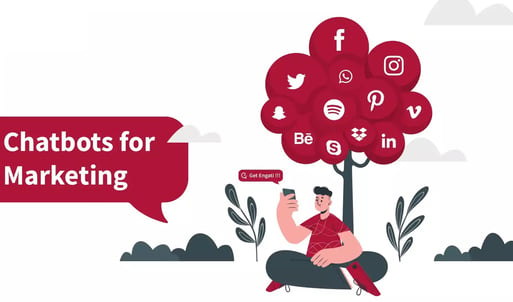

What does a El Rohi do?
focuses on each channel's key performance indicators (KPIs) to properly measure performance.
work directly with content creators to ensure the content is high-quality and up to Google’s standards, even if the company also posts this content on social media.
keep track of a blogging calendar, or develop a content strategy that includes video. We often work with people in other departments to ensure products and campaigns are supported by promotional content on all digital channels.
manage social media by establishing a posting schedule for the company’s written and visual content. We might also work with a content marketing specialist to develop a strategy for which content to share on social media.
helps choose and manage the software a marketing team uses to understand customer behavior and measure business growth. Many of the marketing operations described above might be executed separately, so it’s important for there to be someone who can group these activities into individual campaigns and track performance.
